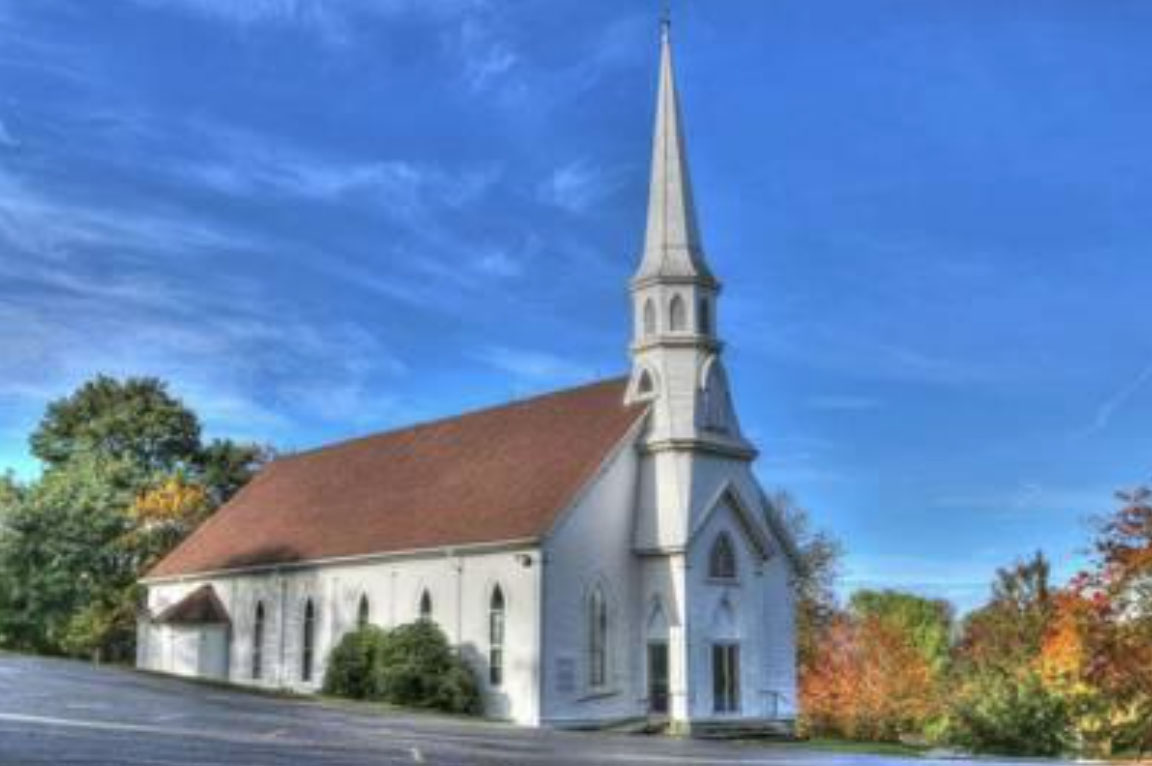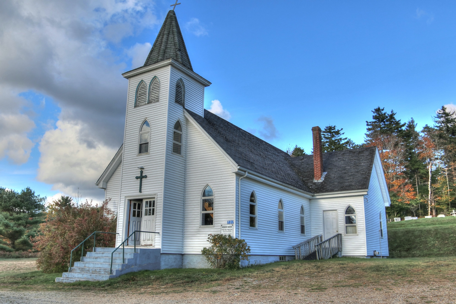St. Joseph
Weymouth
Make a Donation
Get Involved
Our History
In 1764, following the Acadian Deportation of 1755, British authorities allowed the Acadians (ie. Catholics) to return in small isolated groups. They returned slowly, settling in various locations on mainland Nova Scotia and Cape Breton Island. Some of the Acadians settled in the Weymouth area and especially to the south and west along St. Mary’s Bay.

Some further historical points to note:
In 1910 – the Archbishop Edward McCarthy confirmed 27 young people from St. Joseph’s and its mission church, St. John the Baptist in Corberrie. Corberrie would be a mission of Weymouth for a few decades.
In 1913 – Archbishop McCarthy confirmed 91 young people at St. Joseph’s and 45 in Corberrie.
St. Joseph … pray for us!
St. Theresa Church – Our History
Southville had a strong distinguishing feature – most of its congregation had African ancestry – drawn to the area to work in the mills … and they were Protestant. Mingling with the Acadian Catholics, experiencing their warm hospitality and being invited to sit with them further up in their churches (not relegated to the back pews), many families embraced the Catholic faith.

The 1940s through the 1950s was a particularly busy time for St. Joseph’s and its missions, especially under the leadership of Fr. Charles Frecker. Also during this time the Sisters of Charity (of Halifax) taught catechism each Summer, that is, until the arrival in 1951, of the Sisters of Our Lady of the Sacred Heart (of Moncton) who set up a convent in the area.
Another feature of this bustling time, was the presence of a “parish bus”. It brought youth from the surrounding area into Weymouth for catechism and also transported youth for swimming at the Cornwallis military base, as well as skating, hockey, broomball and bowling in Digby.
Subsequent decades would see more changes taking place especially in the local economy. The beloved Sisters from Moncton would close their convent in the 1980s and a closer alliance in parish restructuring would eventually take place with Digby and Plympton.
St. Theresa … pray for us!
© 2022 Corpus Christi Parish. All Rights Reserved. Privacy Policy. Website by Windrose Web Design
